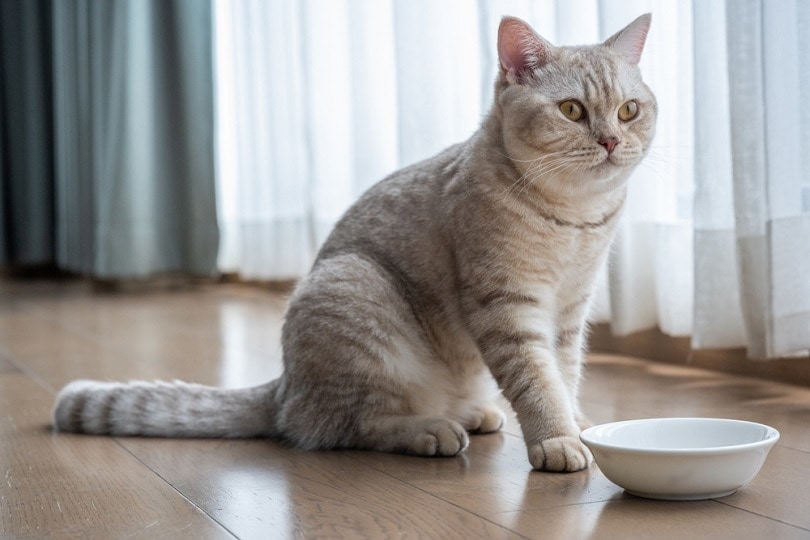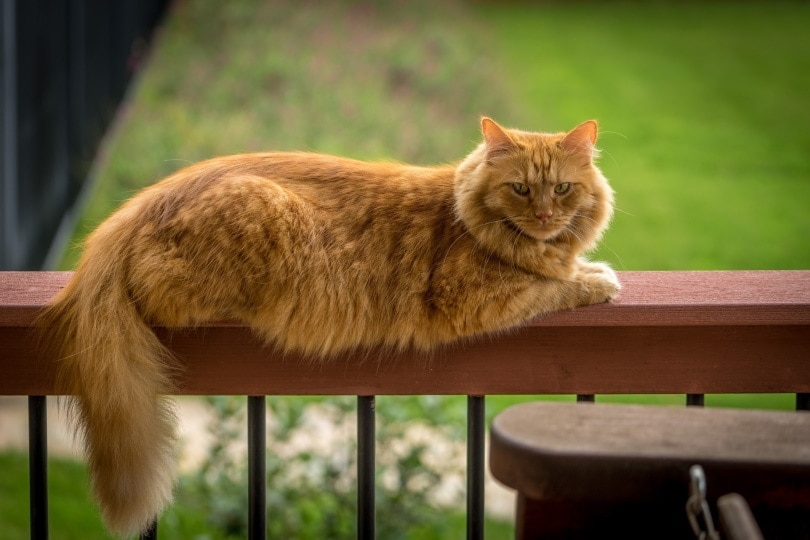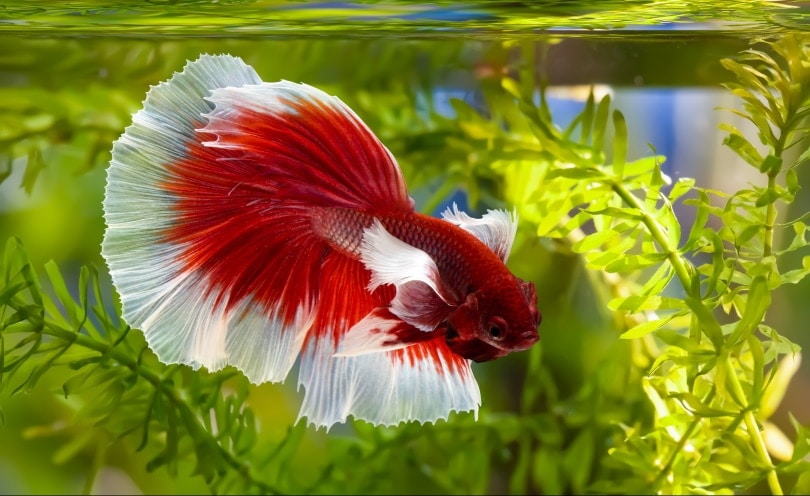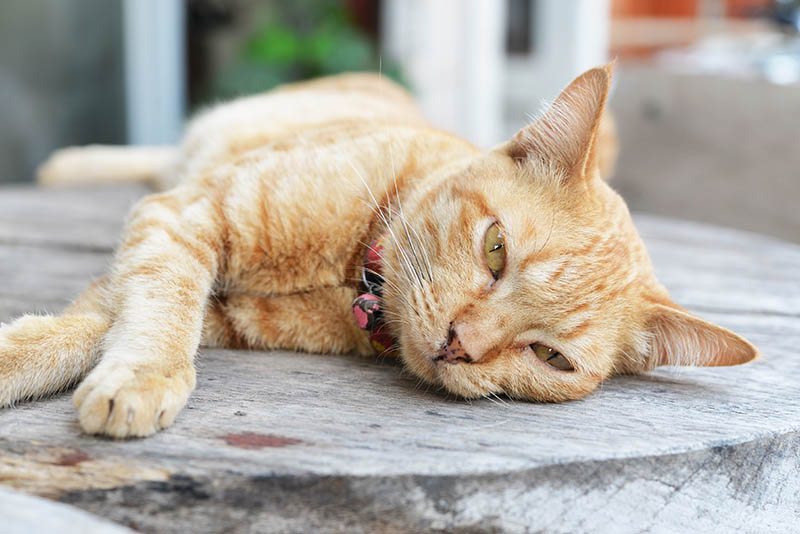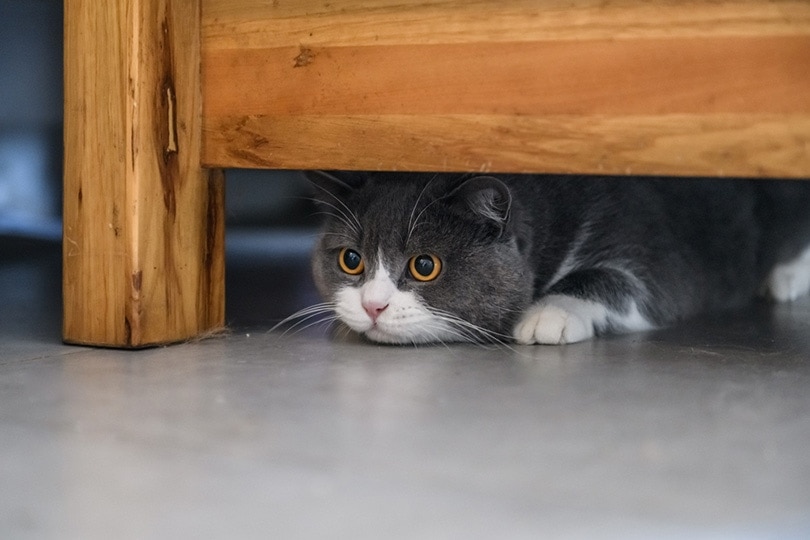Homemade Soup For Cats: 3 Vet Approved & Nutricious Recipes

Updated on
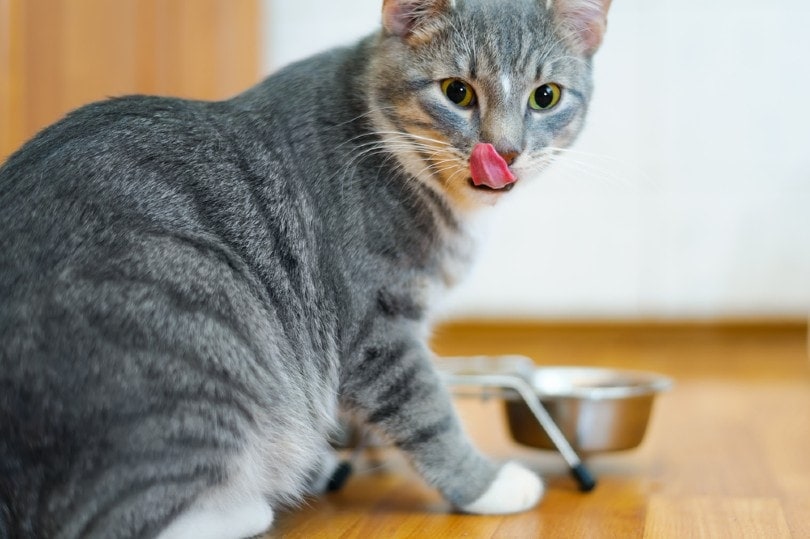
It is not uncommon for cats to get bored if they eat the same thing day after day. Changing up what’s in your furry friend’s food bowl will keep it interested, and make its mealtimes more fun. If you are looking to add more variety to your pet’s mealtimes, soup can be a great option. Cat soup is a relatively new phenomenon, but when you think about it, it makes sense.
Bone broth, in particular, provides an easy way for your cat to access nutrient-dense, easily digestible calories. You can nourish your pet from the inside out by giving them a powerful source of liquid nutrition. You will have them meowing for more with these wholesome and hearty cat soup recipes. Soup is also a wonderful option for cats who struggle to stay hydrated throughout the day.
The 3 Easy & Nutritious Recipes of Homemade Cat Soup
1. Easy Chicken Soup
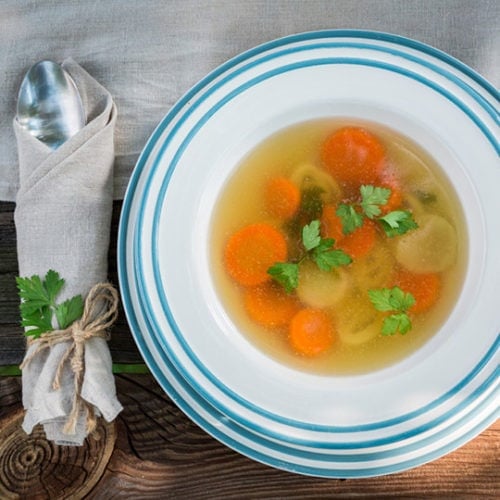
Easy Chicken Soup
Ingredients
- 2 chicken breasts chopped into one-inch pieces
- 1 carrot diced
- 1 stalk of celery diced
Instructions
- Add diced vegetables and chicken breast pieces to a pot and cover with water by 2 inches.
- On medium-high heat, bring the soup to a rolling boil.
- Turn the heat down to low and allow to simmer for 10 minutes.
Notes
2. Slow Cooked Beef & Pork Bone Broth
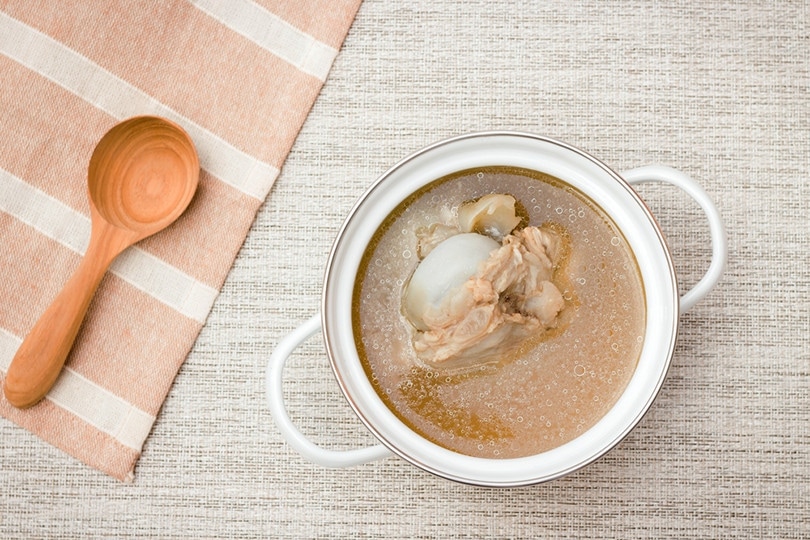
- Prep time: 15 minutes
- Cook time: At least 12 hours, preferably longer
- 2 tbsp olive oil
- 1 pound beef marrow bones
- 2 raw pigs feet
- 4 sticks of celery, chopped
- 2 large carrots, chopped
- 1/3 cup apple cider vinegar, preferably organic, with the mother
- Put the vegetables, bones, and pig’s feet in a slow cooker or crockpot.
- Fill the slow cooker with boiling water, covering the bones by about two inches.
- Add the apple cider vinegar next.
- Cook at a low temperature for at least 12 hours, preferably all day.
- Keep an eye on the slow cooker, checking every four hours or so. Ensure that you top up the water in the pot so that it does not dry out.
- After the broth has been boiled, remove all of the bones. By then, all the connective tissue from the pig’s feet will have broken down. The small bones and cartilage will have to be removed carefully.
- Allow the broth to reach a safe temperature before serving.
Once cooled, bone broth can be kept in the refrigerator for up to 5 days. You can portion this nutritious broth into one-quarter cup portions and place it in resealable bags to store in the freezer for up to 6 months.
3. Chicken Feet Pressure Cooker Soup
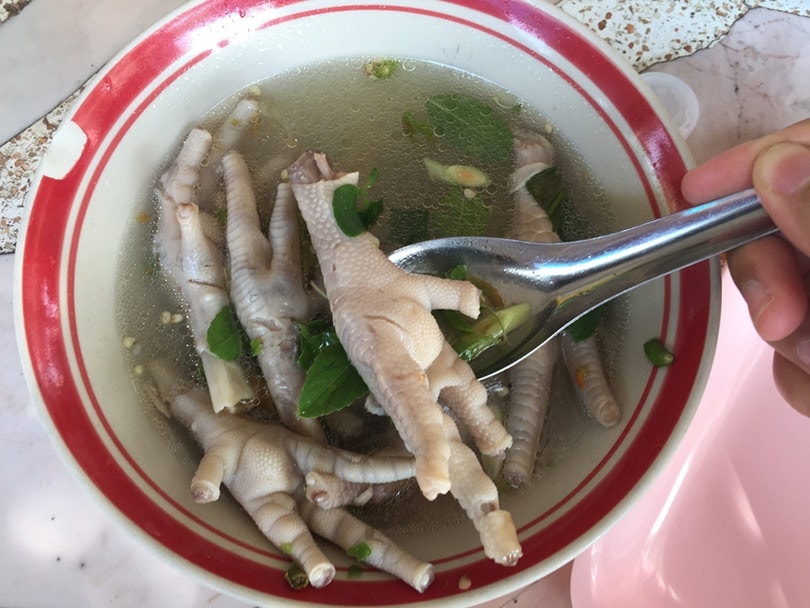
- Prep time: 5 minutes
- Cook time: 45 minutes
- 4 lbs of chicken feet
- The chicken feet should be placed into a pressure cooker pot and completely covered with water.
- The lid should be locked and the pressure valve closed.
- Cook for 45 minutes under high pressure.
- After you hear the beep, let the steam out.
- Pour the soup into containers and freeze or refrigerate as needed.
- Before serving, allow the soup to cool to a safe temperature.
Is Homemade Soup Beneficial for My Cat?
A homemade cat soup containing animal bones offers many healthy and wholesome benefits to your cat. Homemade is much better than store-bought. Commercially prepared soups and broths are highly processed. Industrial food preparation methods mean that most of the nutrition is wasted, ingredients are cheaper, and recipes include foods your cat simply cannot digest. To avoid the danger of potentially poisoning your cat, it’s best to cook broth or soup yourself.
Is Broth Good for Cats?
Bone broth in particular is delicious and helpful for cats. Beef, pork, and chicken bone broths are rich in an amino acid called glycine. This is vital for cleaning the blood and removing toxins stored in the liver. Additionally, bone broth is rich in collagen. Collagen is a protein that has immense protective powers for your cat’s bones, joints, and cartilage. It also contains chondroitin and glucosamine.
These two nutrients are often present in supplements taken by people suffering from arthritis. Any cat with weak bones, or older cats with arthritis, will benefit from eating bone-rich cat soup. By helping deliver oxygen to every cell in your cat’s body, the marrow in bone broth increases its disease resistance.
How Does Broth Help My Cat’s Digestion?
In addition to being nutrient-rich, as well as being delicious, cat soup can easily be digested, making it ideal for cats with sensitive tummies. The collagen in a bone broth can also support and protect the lining of your cat’s digestive tract. In this way, bacteria from undigested food are prevented from entering your pet’s bloodstream.
Can Bone Broth Help Support My Cat’s Skin & Fur?
A collagen-rich diet can enhance skin elasticity and help your cat’s skin quickly recover from injuries by encouraging the formation of new collagen.
What Is the Difference Between Bone Broth & Bone Stock?
Bone broth is not your usual stock. The biggest difference between bone broth and stock is the amount of time they are cooked. Bone broth is cooked much, much longer, and is much more nutritious.
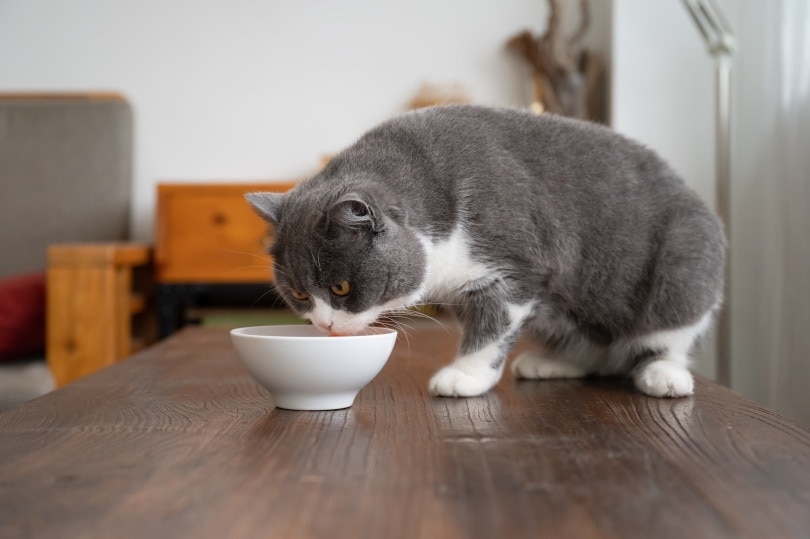
Why Must I Cook Bone Broth for So Long?
This long, slow cooking time results in a fluid that is richer in collagen, amino acids, and other beneficial minerals. The prolonged simmering process is what extracts these nutrients from the bones, ligaments, and cartilage during the preparation of broth.
How Should I Serve Bone Broth or Soup to My Cat?
Bone broth can best be served as a topping for existing dishes. Pour over wet or dry cat food to provide supplemental moisture and nutrition to your pet’s food. Some cats may enjoy eating the soup on its own, but most will prefer it in addition to their dry or wet cat food. Every broth or soup can be served cool or warm. Never serve piping hot soup or broth to your cat.
Can I Put Garlic or Onions in My Cat’s Soup?
You must never, ever give your cat garlic or onions. All members of the Allium family—including onions, garlic, chives, and leeks—are poisonous to both cats and dogs. If the dose is sufficient, either a large enough single serving or a repeated small quantity over time, your cat could get sick or die. Be especially careful of garlic because it is thought to be about five times as dangerous as onions for cats.
Can I Put Salt in My Cat’s Soup?
Don’t put any added salt in your cat’s soup. Cats can become poisoned by sodium ions if they consume large amounts of salt. Pets can be hurt by as little as 0.5-1 grams of salt per kilogram of body weight. Even a teaspoon of salt is dangerous for cats.
Preparing homemade cat food can be a great way to ensure your cat receives the nutrition they need to thrive, and serving it in the right dish is also an important aspect of nurturing their health. Our Hepper NomNom Cat Bowl was designed with feline well-being in mind, featuring shallow, wide, whisker-friendly dishes and slight elevation, promoting great posture and eating habits. Best of all, this bowl is dishwasher safe, meaning the all-important clean-up after each meal is simple.
Final Thoughts
You can make homemade broth in no time, and it’s a better choice for your cat than commercial broths. Shop-bought broths and soups often contain garlic, onion, and high levels of sodium, which are bad for cats. We hope your kitty friend adores the purr-fect soup you cook for it.
Other cat food recipes you can try at home:
- 8 Homemade Cat Ice Cream Recipes (Vet Approved)
- 2 Comprehensive Homemade Cat Food Recipes (Vet Approved)
- 5 Homemade Hyperthyroid Cat Food Recipes (Vet Approved)
- Homemade Pill Pockets for Cats, 5 Easy & Practical Recipes (Vet approved)
Featured Image Credit: mik ulyannikov, Shutterstoc




